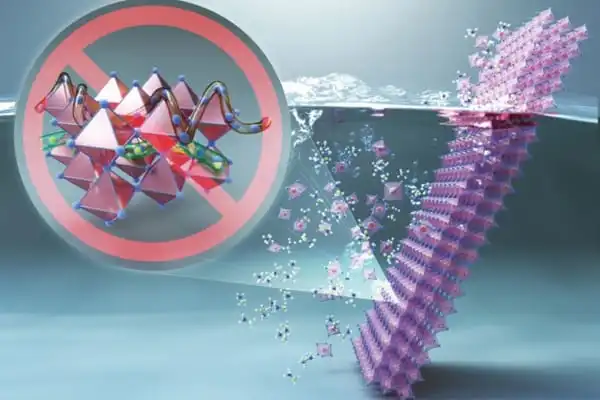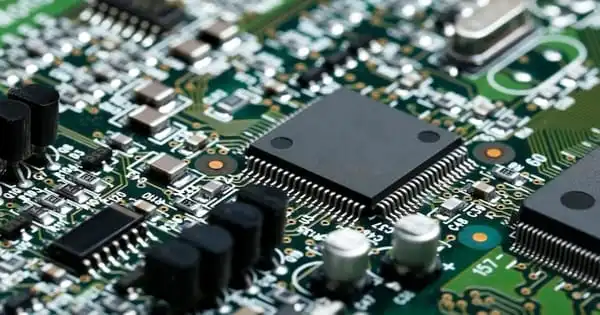The intrinsic properties of the perovskite material with short range order The material tends to be intrinsically p-type under certain deposition conditions. Experiments are being conducted to dope the perovskite with p-type and n-type doping so that homojunction perovskite solar cells or even homojunction pin solar cells can be formed. The most usable structure is the low temperature deposited perovskite, which results in a very fine grained structure with intrinsic properties. In order to form a useful solar cell device, the perovskite is sandwiched between two hetero junctions formed by depositing a p-type layer on one face and an n-type material on the other face. The hole transport layer and the electron transport layer are the names of these layers.
A research team uses perovskite to create a high-performance p-type transistor. Metal halide perovskite transistors that have been solution-processed can now be printed.
The printing press has made significant contributions to human progress by elevating politics, the economy, and culture to new heights. Its influence now extends beyond simply printing books or documents and into the realm of cutting-edge technology. Most notably, high-performance components in a variety of smart devices have been successfully printed, attracting a lot of attention. And now, a technology for printing perovskite-based devices has been proposed, which was previously thought to be a challenge.
The newly developed semiconductor material and transistor can be widely applicable as logic circuits in high-end displays and wearable electronic devices, and they can also be used in stacked electronic circuits and optoelectronic devices by stacking them vertically with silicon semiconductors.
Professor Yong-Young Noh
A POSTECH research team led by Professor Yong-Young Noh and Ph.D. candidates Ao Liu and Huihui Zhu (Department of Chemical Engineering), in collaboration with Professor Myung-Gil Kim (School of Advanced Materials Science and Engineering) of Sungkyunkwan University, improved the performance of a p-type semiconductortransistor using inorganic metal halide perovskite. One of the most significant advantages of the new technology is that it allows solution-processed perovskite transistors to be printed as semiconductor-like circuits.
Perovskite-based transistors control current by combining p-type semiconductors with hole mobilities and n-type semiconductors. In comparison to the n-type semiconductors that have been actively studied thus far, fabricating high-performance p-type semiconductors has been difficult.

Many researchers have attempted to use perovskite in the p-type semiconductor due to its excellent electrical conductivity, but commercialization has been hampered by poor electrical performance and reproducibility. Because of their tuneable optic and structural properties, 2D perovskite nanoparticles have a high potential for use in optoelectronic devices such as solar cells and light-emitting diodes.
To address this issue, the researchers developed the p-type perovskite semiconductor and fabricated the high-performance transistor using the modified inorganic metal halide caesium tin triiodide (CsSnI3). This transistor has the highest performance among the perovskite semiconductor transistors that have been developed so far, with hole mobility of 50cm2V-1s-1 and higher and a current ratio of more than 108.
For various optoelectronic and photonic device applications, perovskite materials have emerged as the most promising and efficient low-cost energy materials. The discovery of calcium titanate (CaTiO3) by Russian mineralogist Perovski in 1839 was thought to be the origin of perovskite, and materials with the same type of crystal structure as CaTiO3 were known as perovskite materials (structure).
The researchers were able to print the p-type semiconductor transistor as if it were a document by turning the material into a solution. This method is not only convenient, but also inexpensive, and it has the potential to lead to the commercialization of perovskite devices in the future.
“The newly developed semiconductor material and transistor can be widely applicable as logic circuits in high-end displays and wearable electronic devices, and they can also be used in stacked electronic circuits and optoelectronic devices by stacking them vertically with silicon semiconductors,” explained Professor Yong-Young Noh about the study’s significance.
















